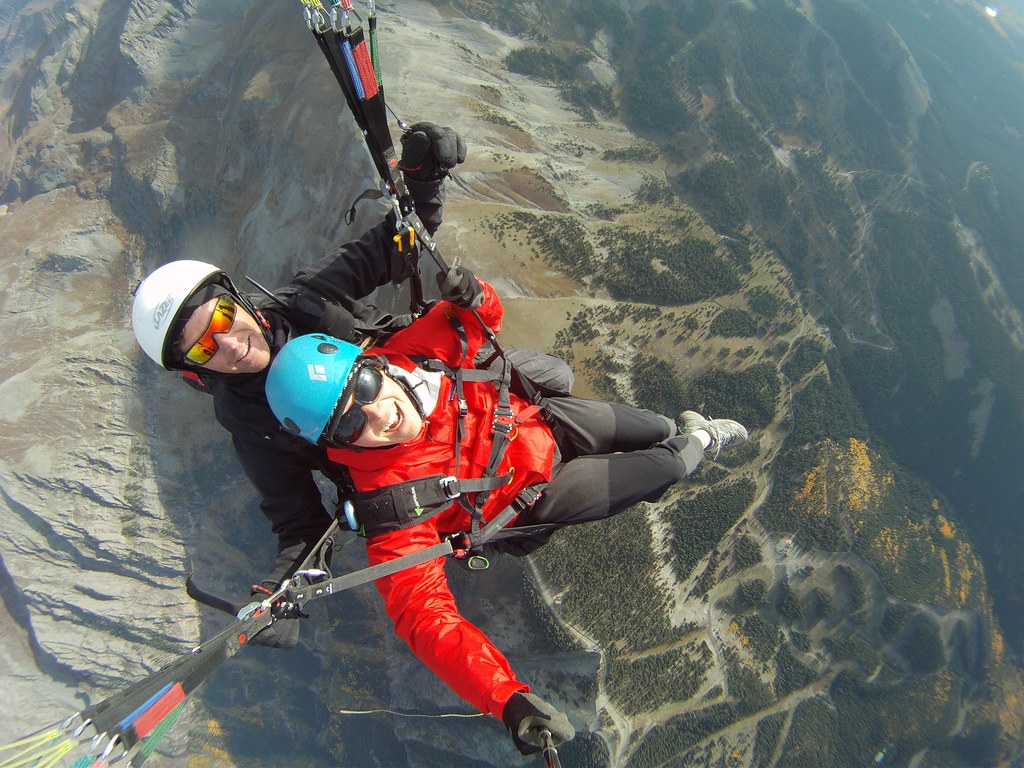

Expedition Climbing and Winter Camping Experience Stay tuned, as we will soon post videos and articles that will help address many of the skills needed to have a great experience in Alaska.
#Itrain telluride professional
Guides Tip: Get your harness and climbing gear out and practice in the living room, or set up a rope at the local playground to practice ascending a rope! Even professional guides refresh their skills before a trip. Your guides are also instructors and we plan to review skills along the way, but a Denali expedition isn’t the place to learn these things for the first time. While we will review skills as necessary on a Denali expedition, you will need to learn these skills before your climb, practice them, and have experience using them BEFORE you fly to the Kahiltna Glacier to attempt Denali. Basic Climbing Knots and Hitches There are just a few knots/hitches with which you should be familiar, such as basic versions of the Figure 8, the Prussik Hitch, the Double Fisherman’s knot and the Clove Hitch.Īs we mentioned – all of these skills are taught on virtually every 5-7 day introduction to mountaineering course, and being comfortable with them will take you a long way in the mountains.Rappelling Although we don’t expect to need to rappel on the West Buttress route, this is a fundamental mountaineering skill that you should be comfortable demonstrating.
#Itrain telluride how to
Understand how to pass an anchor as the middle person of a rope team including the “magic X”. We will often use a “running belay,” where a rope team clips into intermediate anchors while traveling in exposed terrain. You should be familiar with using an ascender on a fixed line, using a “cows tail” backup, and using an “Arm Wrap” as a self belay to descend a fixed line.

One of the most rewarding aspects of guiding is working with climbers to develop long term goals and a plan to achieve them. If you are willing to put in the work to prepare well, you will have a much more enjoyable experience when you do find yourself carrying a big backpack at high altitude, and you’ll have a much better chance of reaching the summit. We are always happy to talk to you individually to help you develop a program and a plan to be ready. We realize it can be difficult to determine if you are ready for Denali, so we’ll try to give you some solid benchmarks and ideas of what you can do to be successful on a big climb. Are you thinking about climbing Denali but maybe not sure if you are ready? Don’t be intimidated – it’s a big arctic mountain, but with the right preparation it’s an attainable goal!


 0 kommentar(er)
0 kommentar(er)
